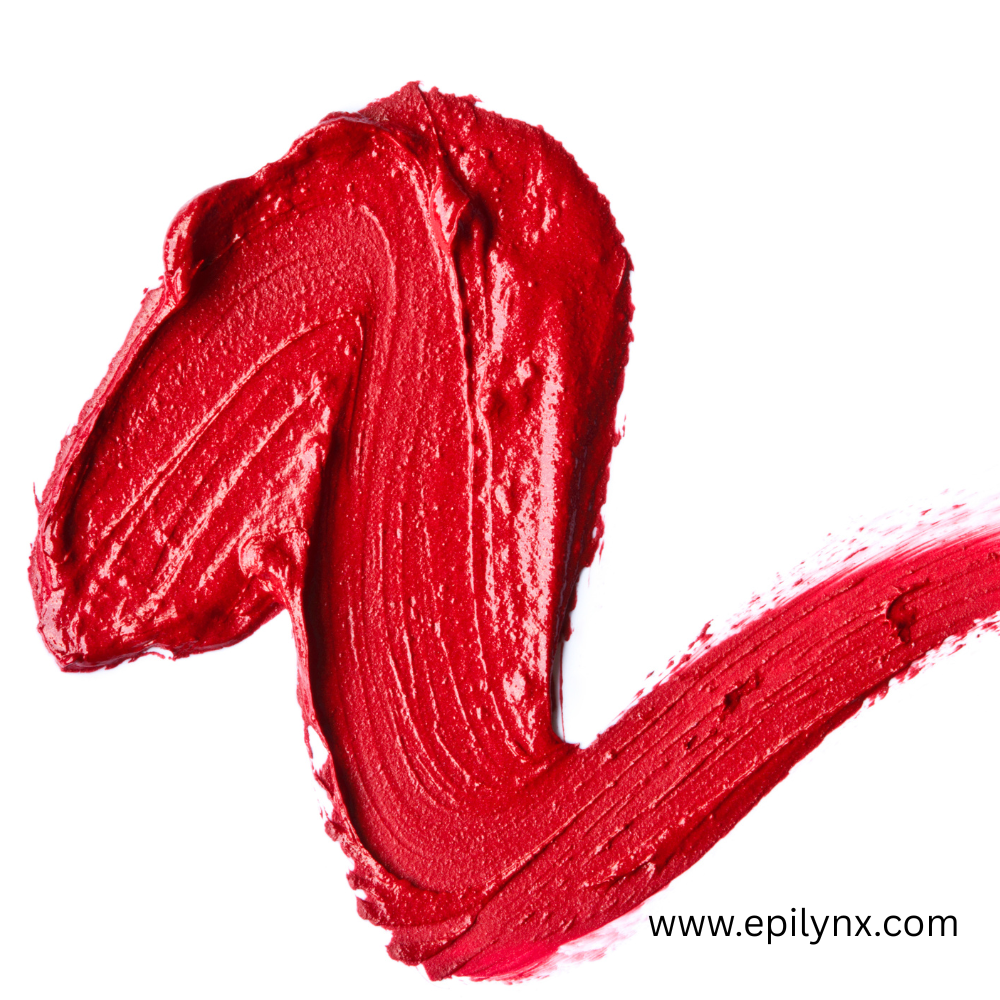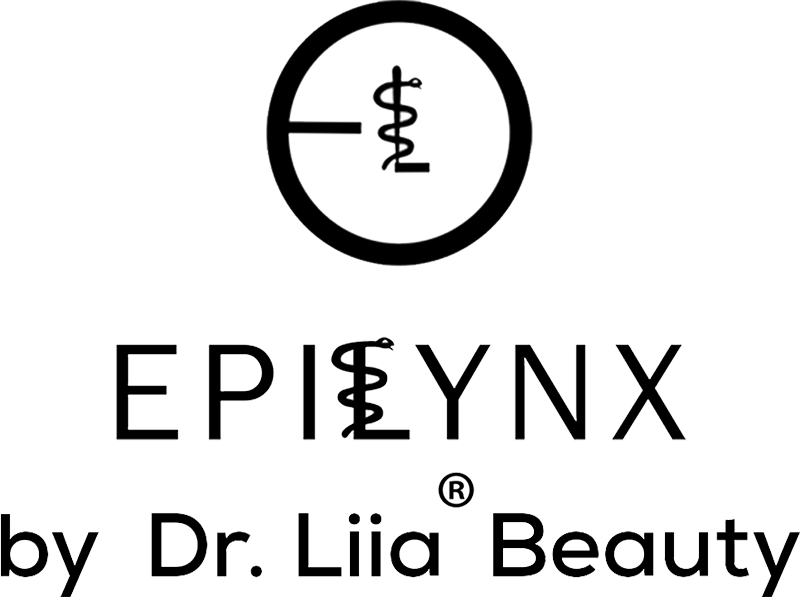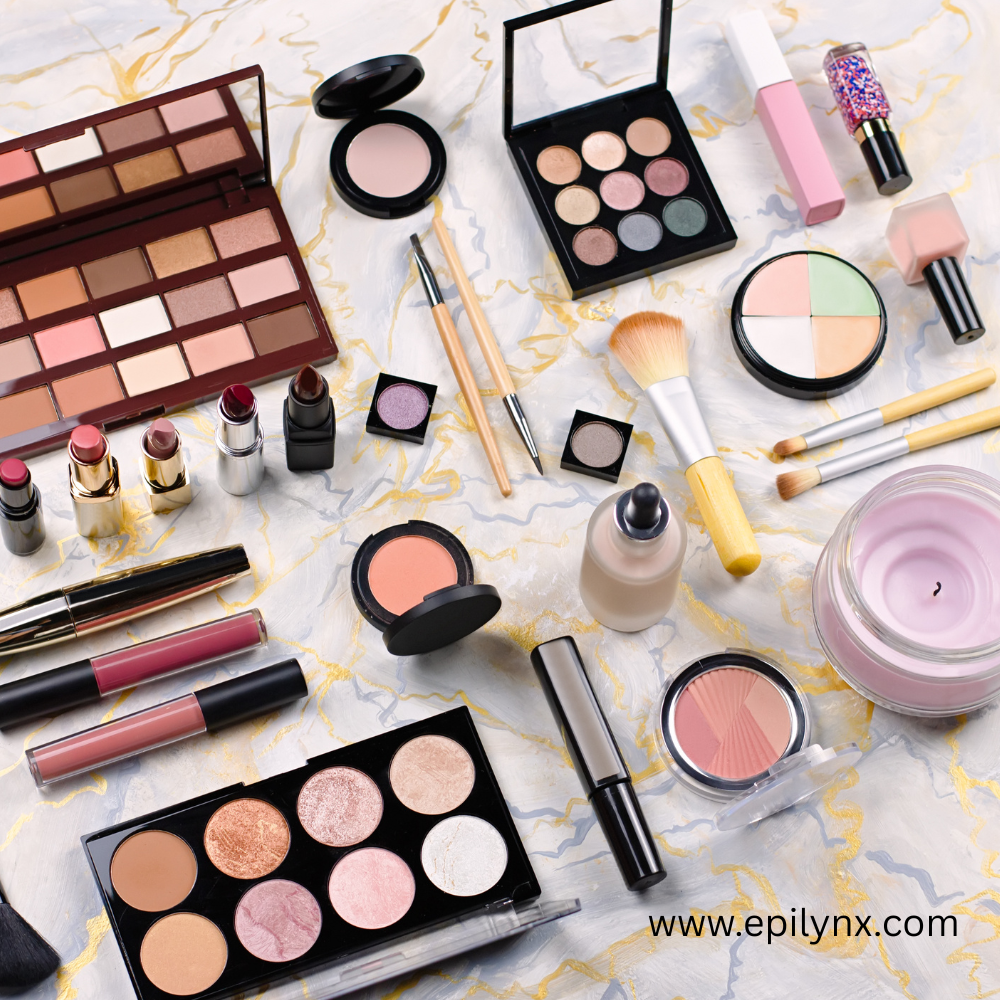Article: 💄 The Secret Life of Lipstick: Power, Politics, and the Psychology of a Tube

💄 The Secret Life of Lipstick: Power, Politics, and the Psychology of a Tube
Lipstick — Tiny, But Dangerous
It’s just a tube of color, right?
Tell that to history.
Lipstick has been banned, worshipped, taxed, criminalized, and celebrated — all for the same reason: it’s powerful.
One swipe can whisper romance or scream revolution.
It’s never been just makeup — it’s identity, armor, and sometimes, protest paint.
Let’s unpack the surprising, scandalous, and scientifically proven story behind the world’s most defiant beauty tool.
1. Cleopatra Started It (Of Course) 👑
Cleopatra’s signature red was made from crushed carmine beetles and seaweed extract — laborious, glamorous, and mildly toxic.
📌 Historical fact: She stored her lip pigment in hollowed-out seashells.
📌 Symbolism: Red lips meant vitality, seduction, and divine femininity — literally a queen’s superpower.
✅ Modern echo: Vegan, cruelty-free pigments now mimic that same vibrant red — minus the bugs and poison.
💡 Fun fact: Ancient Egyptians also used blue and black lip pigments during rituals. Cleopatra was the first color experimenter.
2. In Ancient Greece, Lipstick Was... Illegal? 😳
Yes — only sex workers were allowed to wear bright lipstick in ancient Athens.
Respectable women could be punished if caught “wearing color above their station.”
📌 Moral of the story: Lipstick was scandalous because it symbolized control — of attention, attraction, and visibility.
💡 Irony: By the Roman Empire, everyone wore it again. Fashion always wins.
3. The Middle Ages: Lipstick as Witchcraft 🔮
Christian Europe wasn’t having it.
Women with colored lips were said to be “tempting men toward the devil.”
📌 Translation: Fear of women’s autonomy, disguised as morality.
Yet, behind closed doors, aristocrats still tinted their lips with berries or wine. Because even sin needs style.
✅ Modern echo: “Barely there” lip stains — still walking the line between natural and rebellion.
4. The Renaissance: Subtlety and Secrets 🎨
Lip color returned — faint rose, soft coral, made with beeswax and crushed flowers.
It was artful modesty: the “no-makeup makeup” of the 1500s.
📌 Beauty rule: You could wear lipstick — as long as no one could tell.
📌 Psychology: Desire disguised as innocence is still the most timeless marketing trick.
5. The 1700s: Lipstick on Trial (Literally) ⚖️
In 1770, British Parliament almost passed a law declaring that women who “seduced men into marriage through cosmetic deceit” could be charged with witchcraft.
Yes, for lipstick.
📌 Reason: Red lips symbolized manipulation — a threat to male logic.
📌 Reality: It was just women realizing color = confidence.
💡 Science note: Red pigments increase blood flow perception and subconsciously signal health and vitality.
6. The Suffragette Red: The Shade of Rebellion 💪
In the early 1900s, suffragettes marched for women’s rights wearing bright red lipstick — bold, uniform, defiant.
It terrified politicians.
📌 Psychological power: Red triggers confidence both in the wearer and the viewer.
📌 Cultural power: Lipstick became rebellion disguised as beauty.
💡 Fun fact: Elizabeth Arden famously handed out red lipstick to suffragettes during protests in 1912.
7. The World War II “Victory Red” 💋🇺🇸
During WWII, red lipstick was declared a patriotic act.
Women on the home front were told to “keep morale high” by wearing color.
📌 Science truth: Bright lips stood for resilience, optimism, and order amid chaos.
📌 Propaganda or empowerment? Maybe both — but it worked.
💡 Quote from 1941 ad: “Beauty is your duty.”
✅ Modern translation: “Beauty is your right.”
8. The 1990s Nude Era & the 2010s Matte Obsession 🪞
Nude lipstick redefined “effortless cool” in the ‘90s — think Kate Moss and coffee tones.
Then came the Instagram matte renaissance — crisp, bold, hyper-defined lips that demanded attention.
📌 Cultural psychology: Lipstick became self-branding — color as identity online.
📌 Scientific twist: Matte textures actually absorb light differently, subtly altering facial geometry and how others perceive emotion.
💡 Fun fact: Your favorite nude lipstick tone often matches your natural lip’s undertone within 5% — the brain seeks harmony.
9. Today: The Lipstick Spectrum 💄🌈
Now, lipstick is whatever you want it to be:
Genderless. Fearless. Multifunctional.
Tinted balms, glosses, stains, sticks, hybrids — all clean, vegan, and cruelty-free.
📌 Psychology: Studies show applying lipstick before a big event improves perceived competence, memory recall, and social confidence.
💡 Science-backed mantra: Lipstick is wearable optimism.
✅ Modern rule: Not for others — for you.
Final Thought: Lipstick Is a Love Language
It’s not about seduction — it’s about signal.
Every shade says something:
💋 Red = confidence.
🌸 Pink = joy.
☕ Nude = calm.
🖤 Black = independence.
💎 Clear gloss = “I’m glowing and I know it.”
Lipstick is personal power in pigment form — a micro-act of control in a loud, unpredictable world.
So swipe it on, stain your coffee cup, and remember:
You’re not just wearing color.
You’re wearing history, science, and a little bit of rebellion.

